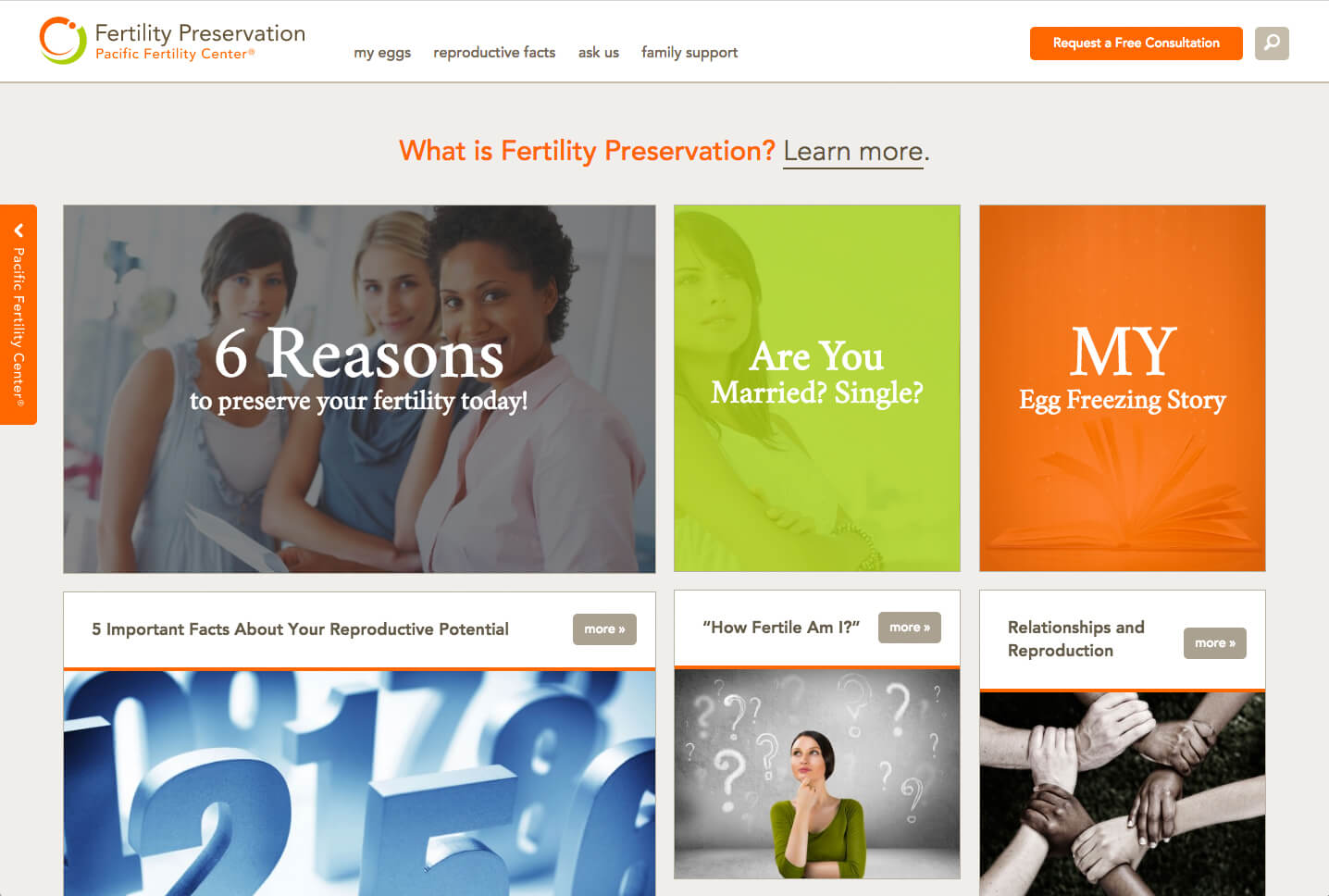10 (easy) ways to create SEO-Friendly blog posts
Do you want more potential customers reading your blog? Of course you do! Creating high quality SEO-Friendly posts is the first step to getting eyes on your brand. Whether you’re writing a blog for medical, business, legal, or just for fun, you should always be considering how to write a blog post that’s SEO-friendly.
Google has made it clear that its algorithms will not appreciate keyword-stuffed content in 2015. The search engine giant is encouraging content writers to write more naturally, with keyword implementation occurring only when it actually make sense in a sentence - not creating a sentence around one keyword. Google is looking for content that’s crafted for readers, not search engines.

Still, those who write will not want to completely ditch keywords that dominate the searches, so a middle ground must be found where SEO-friendly, high quality content exists. It might seem like a return to the basics, but blog posts have to grab attention and keep it in a span longer than a social media post, but shorter than most articles. It can be tough to find the right balance, but here are a few recommendations:
- Attention-grabbing titles: Hook readers right away.
- Titles should be interesting, thought provoking, and even note controversy when applicable.
- Organized content: Should be easily skimmed and use headings.
- Readers should be able to skim over a blog post and catch the main points easily. Lists just like this one are great ways of doing that.
- Use active voice: Verbs, simple, easily digestible phrasing.
- Don’t over-complicated things. Even if the content is complex, readers should be able to understand main points so they don’t lose interest and leave the page quickly.
- Keep the tone warm and friendly.
- Readers will want to come back and check in for new content if they like the writing style and tone.
- Use high quality images.
- Images should relate to the post, and even work to prove a point made in the text. The more interesting or informative the pictures are the better. Add captions that would make a reader want to read the rest of the article, as people skimming the article will likely read the captions first.
- Blog post length should be within 500-1000 words.
- 500-1000 works is the recommended length for blog posts that are able to keep reader attention. If you’re covering a larger topic it’s okay to go over this limit.
- Link off to relevant, quality content within your blog post.
- Links that direct to quality content with authority can help support your argument. (And may get the attention and possibly backlinks from these authority sources.)
- Use call-to-action opportunities within the text to promote conversions or further engagement.
- Readers who are interested in a specific post are likely interested in the product or service offered, and a CTA featured in the blog post is an easy way to encourage a conversion.
- Write solid, strong opening sentences.
- The first sentence needs to be strong in order to establish that the writing is high quality, interesting to the reader, and worth their time.
- Use strongest points for pull-quotes and/or social media promotion.
- Take key points from the blog post and turn them into quotes for social media and link off to the blog post. Quotes act as a teaser that generate reader interest.
The above points on writing content for a blog aren’t about what search engines will like, they’re about what your readers will like - and that’s the point! By writing for readers you’re also writing for search engines. If readers find your content interesting or helpful they’re more likely to share it or even link to it, and that will help your website rank higher. It’s time for content writers to put their audience first – Google will catch on.
